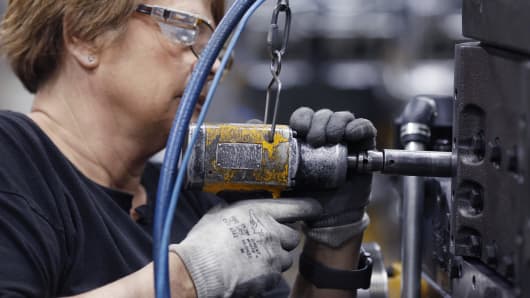U.S. manufacturing activity rebounded a bit more than expected in March, according to an industry report released on Monday, as production, new orders and hiring all picked up.
The Institute for Supply Management (ISM) said its index of national factory activity rose to 55.3 from 54.2 in February, which had marked the lowest level since November 2016. The reading was slightly above expectations of 54.5 from a Reuters poll of 69 economists.
A reading above 50 indicates expansion in the manufacturing sector and a reading below 50 indicates contraction.
The employment index rose to 57.5 from 52.3 a month earlier. Expectations called for a reading of 52.4.
The new orders index rose to 57.4 from 55.5 in February. The prices paid index rose to 54.3, indicating that prices producers are paying for materials rose for the first time since December.
Production also picked up, with that index at ticking up to 55.8 from 54.8 the month before.



